
Today Chris, Mathew, and I are reviewing Anchor Steam Beer. I was recently reading the book Home beermaking: The complete beginner’s guidebook and there was a section in the book talking about “steam beer”.
Steam beer, the only native American beer style, was born in late 19th century San Francisco, when refrigeration and ice were unavailable to Eastern immigrants accustomed to lager brewing. Desiring local beer, they brewed with lager yeast at (unrefrigerated) temperatures, producing a robust, highly hopped (partly for preservation reasons) brew more like an ale than a lager in flavor, yet with a unique sharp character imparted by the warm fermenting lager yeast. Unlike most draft beers at the time, steam beer was carbonated (by krausening), and the hissing noise issuing from a freshly-tapped keg probably gave rise to the name steam.
That is a nice piece of history, but it’s the next part that caught my eye:
Today, steam is a trademark of Anchor Brewing Company in San Francisco.
I find that funny simply because the top of their bottle states:
…Anchor alone has used the quaint name “steam” for its unique beer.
With all the fanfare, we figured we give the beer a try.

In our ongoing review series we’ll be covering the following 5 items:
- Appearance
- Aroma
- Mouthfeel
- Flavor
- Aftertaste
Here is a quick guide for the beginner http://indybeers.com/beer-tasting-guide/. At the bottom of that page is an HTML template that can be used in our comments if you would like to post your own reviews along with us.
Based out of San Francisco, CA they have roots in the area that go back to 1849. I was going to post more information about them, but I really hate their website. The “Our Craft” and “Our History” sections are bad. The guys over at Aleheads should consider using it in their “worst brewery websites” series.
Twitter: https://twitter.com/#!/AnchorBrewing
Facebook: http://www.facebook.com/anchorbrewing

Appearance
Scott: There was a slight cloudiness to the beer. It had a good golden/amber color. I must have poured mine wrong (or right depending on your personal thoughts) because I got almost no head. My second beer I poured with a heavy hand to get a nice thick, creamy head.
Chris: The body was a cloudy shade of amber. Pouring this beer differently changed the appearance. If you slowly poured it into a glass it had almost no head. If you didn’t baby it, the head was a fluffy off white that lasted throughout the entire glass. Lots of bubbles floated up from the bottom as carbonation was plentiful.
Mathew: There was a small head but seemed to vary a lot with everyone’s pour. It was also very bubbly and not creamy like the description says. The color was a light Amber with a slight cloudiness to it. There seemed to be a large amount of carbonation as there was a continued bubble stream from the bottom of the glass, like a soda, the whole time I was drinking it.
Aroma
Scott: Not much on the nose. Maybe some hints of malt and grass.
Chris: The aroma was very mild. Hints of grain and sweetness were noticable but faint.
Mathew: There was not a lot of aroma and it was hard to distinguish.
Mouthfeel
Scott: Very crisp and smooth. Lots of light carbonation across the tongue.
Chris: Medium-bodied with abundant carbonation.
Mathew: There was a large amount of carbonation leaving a bubbly feeling on the tongue, like champagne.
Flavor
Scott: As with everything else, light in flavor, but that’s not a bad thing. It has a very approachable quality to it. Unquestionably easy to drink. I could see myself putting back more than a couple of these.
Chris: I was very happy with this beer. It had a clean, lightly sweet caramel taste with no hoppy bitterness.
Mathew: It had a light beer taste with a hint of wheat but was not strong with any flavors.
Aftertaste
Scott: Nothing too much on the backend. Mathew mentioned that it had a bitter aftertaste, but I think that is only in comparison to the mild flavor of the beer to begin with. Held against any other beer it wouldn’t be considered as bitter.
Chris: I didn’t pick up on much of an aftertaste.
Mathew: At first it seemed to leave a sticky dry aftertaste but as I moved to my second one that went away and it have the taste and feel of a light lager.

Final Thoughts
Scott: At $9.99 a six pack I won’t be rushing to drink a lot of these; however, if I find myself looking for something easy to drink, and this is part of my selection from which to choose, I would happily drink a few more. I’ll give it a 3.5 out of 5.
Chris: Above I noted that it didn’t have much of an aftertaste. Beyond this being a clean-light beer it was so easy to drink and found myself going through one very quickly. I like trying new beers and this one was a good one. Its mild palate makes it and easy to drink. I’ll give it a 4 out of 5.
Mathew: The beer was not bad, it was supposed to beer a mix of an ale and lager, I didn’t really get that as I am a big ale and lager fan. I think it more had the mix of a light beer with a hint of Champagne. I would drink again but would not order at a bar. I would rate it 3.5 out of 5 with a 2.5 out of 5 on the manufactures description.
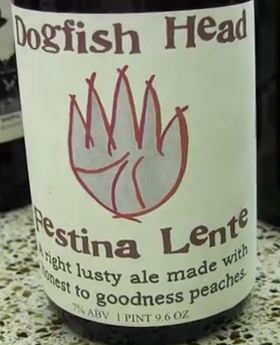
 Dogfish Head has long been a favorite among many craft beer enthusiasts, and this loyal following has an interesting fan base. It seems that Mat Pipno made it his personal quest to find and try every single Dogfish Head beer ever made since 1996. He did well in finding all but one of the beers, the Festina Lente. To get this last beer, he arranged a trade of beers with Dogfish Head owner Sam Calagione. The video below is the exchange they made.
Dogfish Head has long been a favorite among many craft beer enthusiasts, and this loyal following has an interesting fan base. It seems that Mat Pipno made it his personal quest to find and try every single Dogfish Head beer ever made since 1996. He did well in finding all but one of the beers, the Festina Lente. To get this last beer, he arranged a trade of beers with Dogfish Head owner Sam Calagione. The video below is the exchange they made.


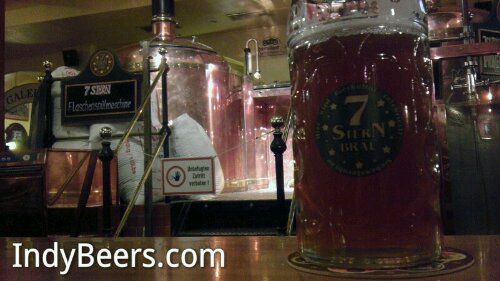




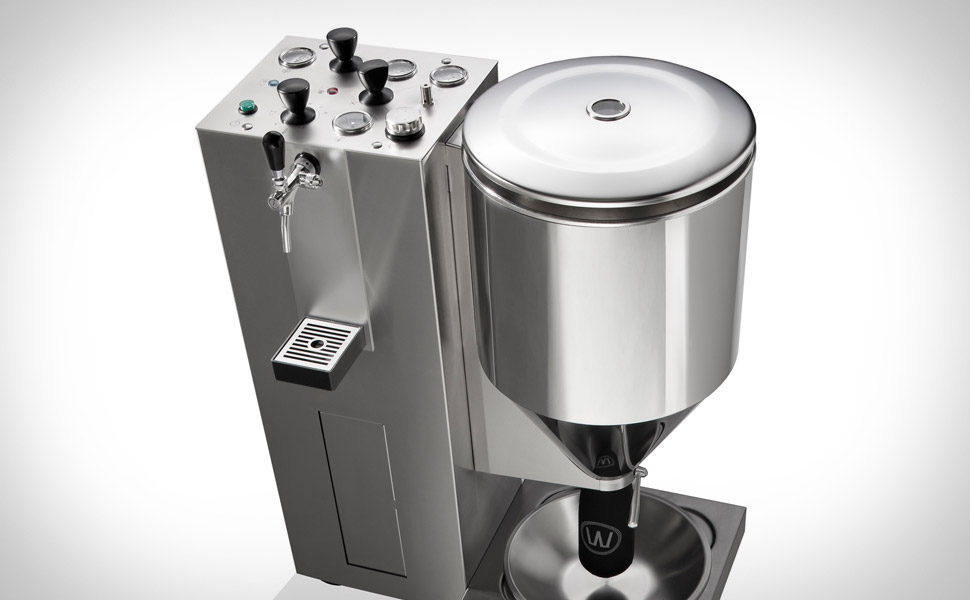

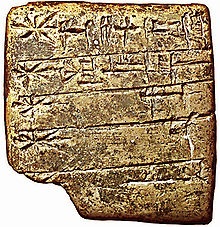



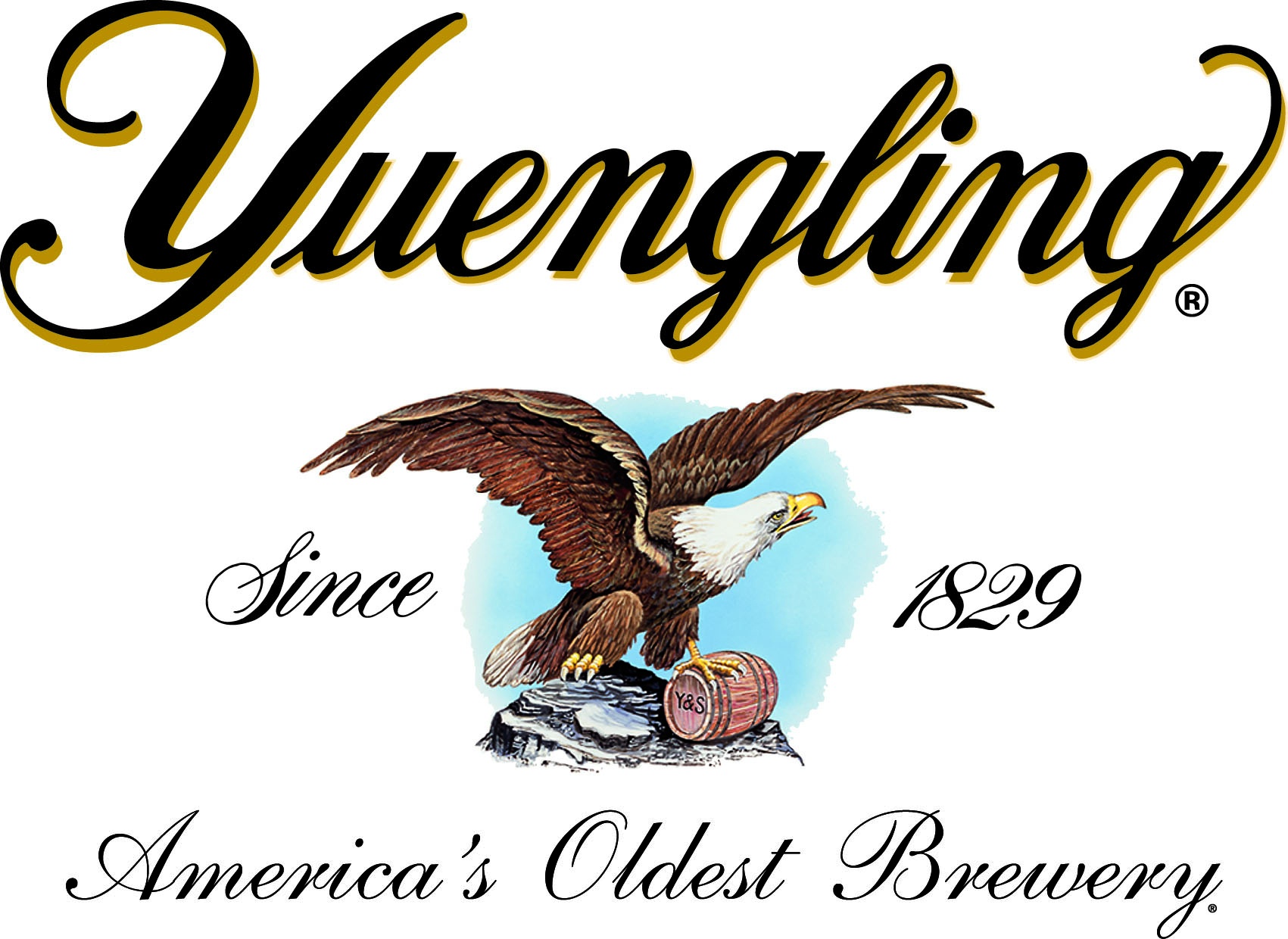

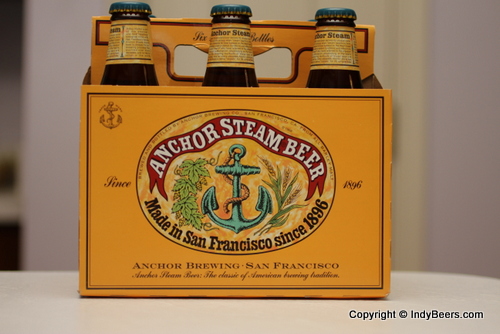




Follow Us!